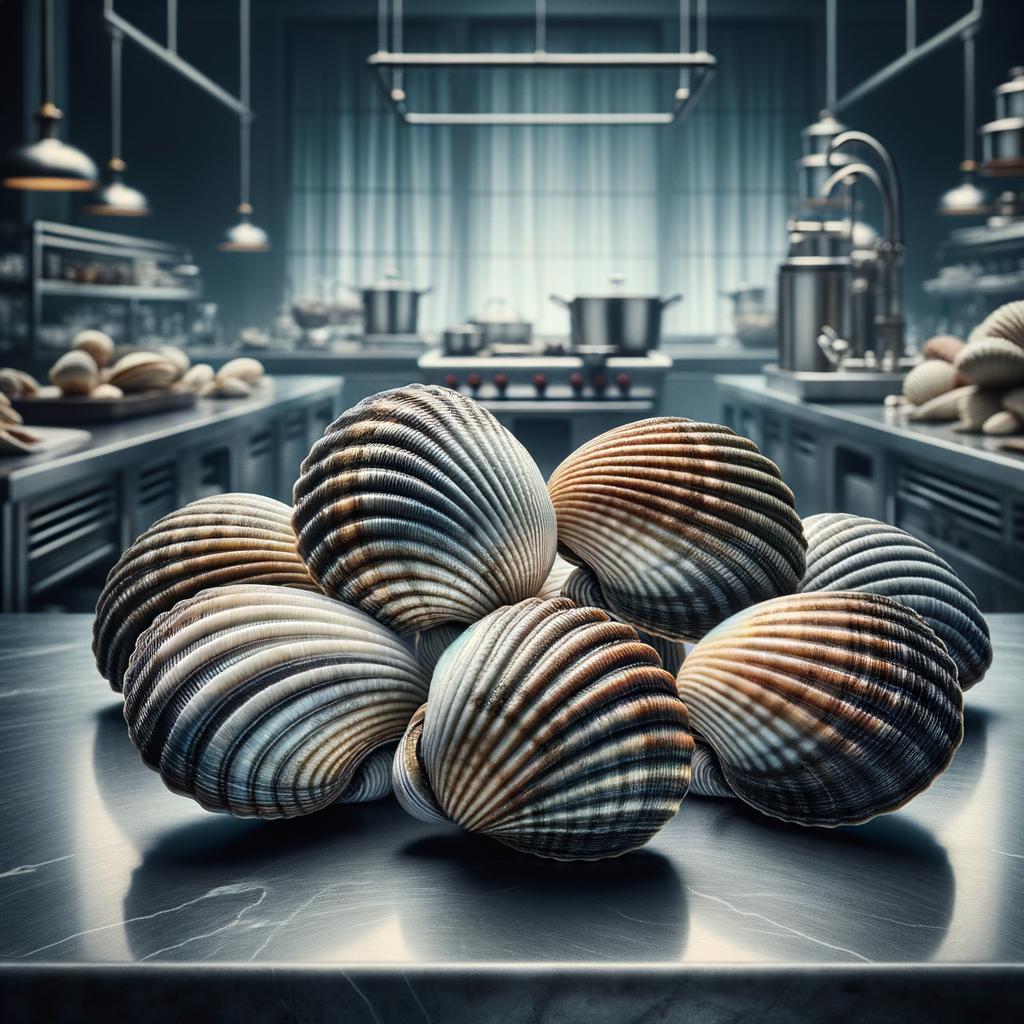Clams

Description
Clams are a type of shellfish that live in both fresh and saltwater environments. Encased in a two-part, hinged shell, their soft, plump bodies range in color from creamy white to a more earthy beige. The texture of clams is unique, with a firm yet tender touch that yields a distinctive chewiness when cooked. Their flavor is a delightful blend of sweet and salty, with a hint of the sea that can transport you to a beach with every bite. What sets clams apart from other shellfish is their ability to filter and clean the water they live in, which greatly influences their taste and makes each clam's flavor profile distinct based on its habitat.
Primary Uses
Clams are a versatile ingredient in the culinary world, making their way into a variety of dishes across different cuisines. They are the star of the show in the classic Italian dish spaghetti alle vongole, and an essential component in the creamy American clam chowder. Clams can be steamed, grilled, or even eaten raw, often accompanied by a squeeze of lemon or a splash of hot sauce. In addition to their culinary uses, clams have cultural significance in many coastal communities where they are associated with prosperity and are often featured in festive celebrations.
History
The history of clams is as rich and varied as their flavor. Evidence of clam consumption dates back to prehistoric times, with remnants found in ancient coastal settlements. In Roman times, clams were considered a delicacy and were often featured in lavish feasts. Native American tribes in the Pacific Northwest revered clams, using their shells as currency and in ceremonial wear. Over time, clams have transitioned from a luxury ingredient to a beloved staple in many cuisines, yet they still retain an air of elegance and sophistication. A popular folklore tale from Japan tells of a clam who saved a sailor lost at sea, leading to the belief in some regions that clams bring good luck.
Nutritional Information
Clams are a nutritional powerhouse, packed with protein and low in fat. They are an excellent source of vitamin B12, iron, and selenium, and also provide a good amount of zinc and magnesium. The high iron content in clams helps in boosting energy and improving concentration, while their omega-3 fatty acids are beneficial for heart health. Compared to other shellfish, clams have a lower cholesterol content, making them a healthier choice for those watching their cholesterol intake. So, whether you're enjoying a bowl of clam chowder on a chilly day or savoring them in a vibrant pasta dish, you're not just indulging in a delicious meal, but also nourishing your body with essential nutrients.

